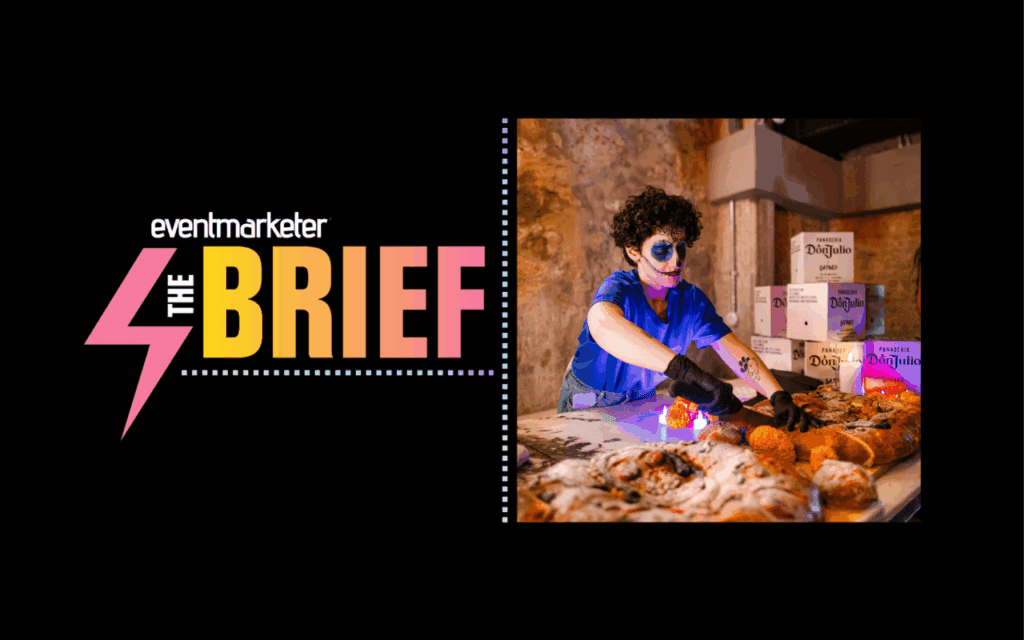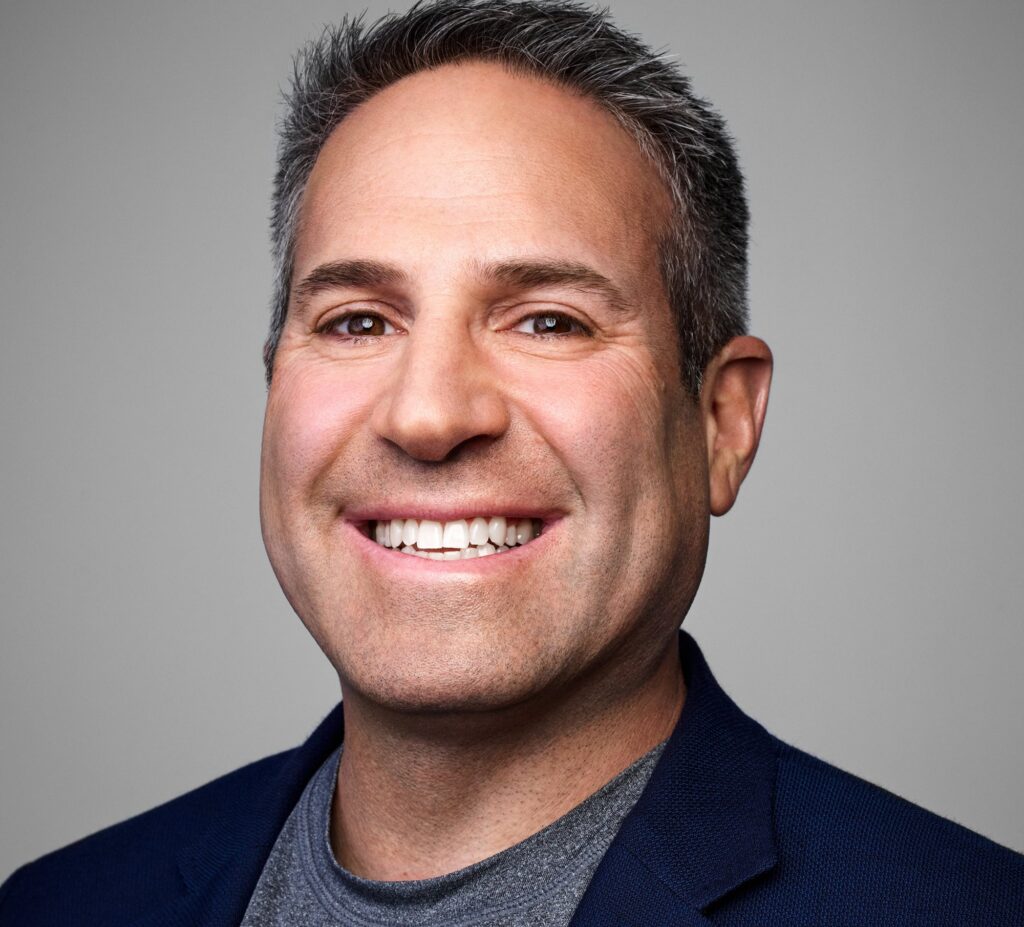 According to Content Marketing Institute’s 2015 Benchmark, Budgets, and Trends report, 70% of B2C and 48% of B2B companies are poised to leverage user generated content (UGC) in their 2015 marketing strategies.
According to Content Marketing Institute’s 2015 Benchmark, Budgets, and Trends report, 70% of B2C and 48% of B2B companies are poised to leverage user generated content (UGC) in their 2015 marketing strategies.
What began as a highly-centralized practice of populating websites and marketing campaigns with tweets and user photos will now filter out across organizations and geographies. This will bring new opportunities for UGC to become more than just a marketing practice. It will open the doors to empower all parts of an organization—from e-commerce and sales to customer service and HR. This change will also create a new set of requirements in how UGC is managed and deployed.
How We Got Here
Historically, UGC management tools– the applications and systems that allow brand managers to capture and reuse UGC content—were only been made available to a select few marketers and e-commerce experts. But as people across the organization become more comfortable using social media and UGC to communicate in their own lives, the act of curating and sharing other peoples’ content is a natural progression.
An easy way to understand this change is to look at a similar evolution in the area of social media management. Hootsuite CEO Ryan Holmes summed it up best when he wrote, “Once the exclusive domain of digital gurus, Twitter, Facebook and other tools are gradually becoming everyone’s responsibility.”
Just as social media management has become part of everyone’s job, the once centralized practice of UGC management will become the realm of more and more people across an organization – from sales managers, to HR departments and even e-commerce teams.
With that in mind, here are three good reasons why every brand should consider empowering business units in 2015 with the tools necessary to more easily leverage UGC for its own benefit.
- It’s the Most Widely-Available Branded Content
It is reported that over 500 million photos are shared each day on social media, and that number will only continue to grow. Many of those shares are tagged by fans to demonstrate brand passion. A simple search for, say, #Sephora on Twitter, calls up thousands of direct-from-consumer looks and makeup inspirations. Rather than spend resources and budget on creating new content, organizations can simply curate the vast amount of branded content created directly by its most passionate users.
At Sephora, for example, a retail sales associate with access to UGC management tools could create their only personalized streams of “looks” for clients. From there, that content can be called up on the fly to show customers the various options Sephora cosmetics could provide.
- Provides Timely & Tailored Brand Messaging
The decentralizing of UGC management not only provides numerous benefits to different groups and people across an organization, but it also supports tailored messaging. Currently, brand marketers must train sales and customer service teams with product and brand messaging, which—if we’re being honest—often includes standard PowerPoint presentations and collateral that are soon outdated, inevitably landing in the recycling bin.
By empowering sales and customer service teams to source and marry timely UGC like user testimonials and social media reviews with existing company assets, these teams are better-qualified to deliver personalized service to clients and are also able to more easily update marketing materials to keep presentations timely.
- It Meets the Demand for Personalized Content
The consumer demand for authentic, engaging content has created a growing opportunity for marketers to integrate UGC into various communication channels and touchpoints between a company and its customers. By giving employees and groups across your organization the freedom to create and use their own UGC, they can jump on trending topics and deliver more personalized brand awareness at scale.
For instance, by giving UGC management tools to Coca-Cola’s creative advertising agency in Brazil, the agency can quickly add in local images and fan content from social media to fill out a broader, strategic social marketing campaign. By distributing the power to manage local UGC in this way, brands like Coca-Cola can better serve audiences geo-specific content that is culturally relevant and aligns with strategic brand goals.
Much like social media, different groups across the organization are yearning to leverage UGC for their own purposes. How companies respond to that need will define their success for years to come. As one of the most effective marketing weapons available to brands today, the time has never been better to create UGC brand ambassadors across an organization.
Dan Kimball is CMO of Thismoment.



